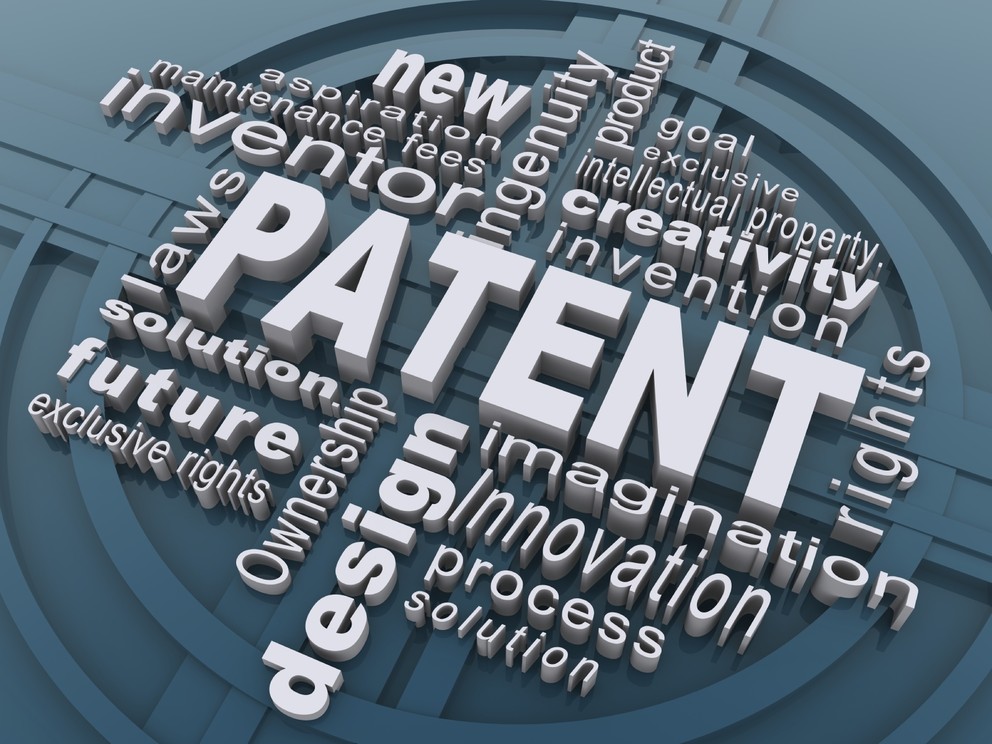The judges of the Full Federal Court in Repipe Pty Ltd v Commissioner of Patents [2021] FCAFC 223 have declined to grant leave to appeal from a decision that an invention claimed in two Australian innovation patents was not patentable subject matter.
In the first judge’s decision, he found that Repipe’s inventions were unable to be considered for patent protection, mostly due to the lack of “meaningful technical content” in the patent specifications.
The requirement for an “advance in computer technology”
The invention concerns a method of involving a central server and mobile devices to deal with occupational health and safety risk management information for jobs carried out in the field, for example, labouring jobs.
When declining leave to appeal the decision, the Full Court stated that although he had “no difficulty in accepting that the invention is useful”, he was “unable to see how it constitutes an advance in computer technology”. In accordance with previous decisions, the claimed invention was found not to constitute patentable subject matter, but was “a deployment of existing computer technology for a useful purpose”.
Perram J directed that patentable subject matter can exist concerning computer implementation using a server and mobile device, but refused to exclude the possibility of a particular use of a mobile device with a server amounting to “an actual advance in computer technology” as opposed to “a mere use of that technology”.
His Honour considered that Repipe’s claimed invention could not fulfil the requirements for an advance in computer technology, because the invention resolved a problem in the separate field of business operations, not computer technology.
Can the lack of patentable subject matter be resolved by amending the specification?
Repipe tried to address the point that its invention was not directed to patentable subject matter by applying to the Court under section 105 of the Patents Act 1900 (Cth) to amend its specification. However, His Honour found this approach to be fundamentally flawed, noting that “the question of how the invention was to be characterised for the purpose of assessing patentability was to be determined as a matter of substance not form”. Further, His Honour found that an invention which does not generally represent an advance in computer technology cannot be made into one that did by way of amendment. This is because the amendment of a specification could not give rise to patentable subject matter without causing the specification to claim or disclose added matter in contravention of s 102(1) of the Patents Act 1900 (Cth).
How to avoid invalidity issues
To avoid patentable subject matter invalidity issues, it is important that the original specification is well drafted. This decision demonstrates the problems with relying on amendments to deal with patentable subject matter issues during proceedings. It also indicates that future patent specifications for computer-implemented inventions need to be drafted with an advance or improvement in computer technology in mind.
A specification needs to clearly establish an advance in computer technology from the time of filing, as a later attempt to amend a specification to address patentable subject matter issues may contravene the s 102(1) of the Patents Act 1900 (Cth) prohibition against added matter.
This decision emphasises the requirement for computer-implemented inventions to constitute an advance or improvement in computer technology to be patentable subject matter. It also emphasises the complexities associated with modifying a specification during proceedings to address claims of a lack of patentable subject matter.
To discuss any of the above or for further information regarding your rights or responsibilities under the Act, please contact our Commercial Team on (02) 4927 2900.
